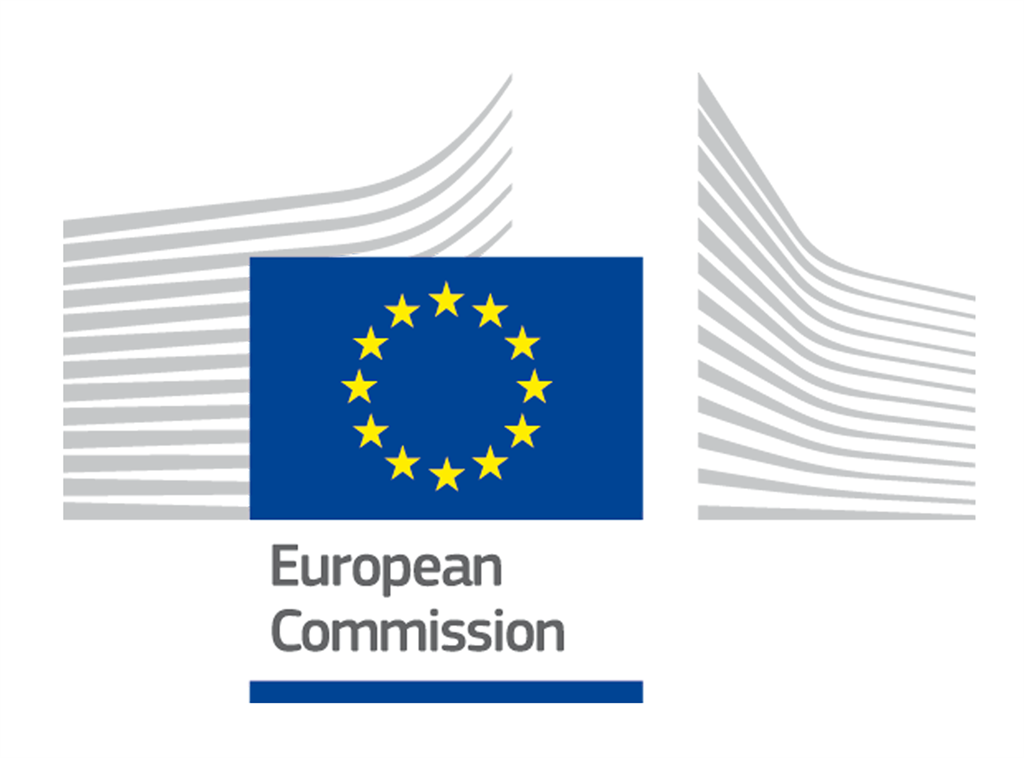Factsheet
 | |
At a glance
Title: Instrument: Collaborative project Total Cost: 11.663.033€ EC Contribution: 8.798.532€ Duration: 52 months Start Date: 01 December 2013 Consortium: 28 partners from 11 countries Project Coordinator: Markus Rex (DE) Project Web Site: http://www.stratoclim.org
Key Words: |
Climate Change StratoClim The challenge
Anthropogenic emissions of greenhouse gases (GHGs), aerosols and their precursors are all drivers of changes in Earth's climate. Growing evidence indicates that changes in the chemical composition of the Upper Troposphere and Stratosphere (UTS) also play a key role in affecting surface climate. On a decadal timescale, there is strong evidence that variability in the UTS affects the troposphere and surface climate. The impact of changes in the UTS on surface climate is inextricably linked to many other components of the climate system. However, the representation of these components in current Chemical Climate Models (CCMs) and Earth System Models (ESMs) is still largely inadequate. Project Objectives
The overall goals of StratoClim are (a) to quantitatively assess the role of the UTS in climate change, and (b) to improve climate projections by developing and including within ESMs new, interactive modules for stratospheric aerosols and ozone and by improving our understanding of UTS water vapour variations and the representation of upper tropospheric clouds. To reach these overarching goals the objectives of StratoClim are: (1) to develop the scientific basis for including the climate relevant components of the UTS as interactive modules in ESMs, (2) to construct and implementing such modules, (3) to assess the UTS's role in climate, and (4) to produce new and better climate model projections. Methodology
To achieve these goals StratoClim combines a large scale tropical aircraft campaign, longer-term operation of a tropical measurement station, (3) satellite data analysis including development of new satellite data products, (4) process and regional modelling, (5) global modelling with CCMs and ESMs, (6) studies of the socioeconomic implications of the findings |
|
and stakeholder fora, expert panels and public outreach programs. Work will focus on two areas: (a) improving the understanding of the chemical and dynamical processes that determine the composition of the UTS and the formation, loss and redistribution of ozone, aerosol, water vapour and clouds, and how these processes will alter under climate change; (b) developing model tools that allow to fully include the interactive feedbacks from UTS ozone and aerosol on surface climate and use of these models to produce improved climate predictions. |
Expected Results
The project will integrate data from in situ measurements, from space-based observations and modelling to improve our understanding of key atmospheric processes, and how these processes are initiated or affected by natural and anthropogenic emissions, which interact, also through feedback mechanisms, with ecosystems and climate. Results will directly improve the representation of these processes in relevant models and the assessments of socio-economic implications, contributing to evidence-based decision-making in EU policies for environment and climate and support EU climate actions | ||||||||||||||||||||||||||||||||||||||||||||||||||||||||||||||||||
| |||||||||||||||||||||||||||||||||||||||||||||||||||||||||||||||||||
